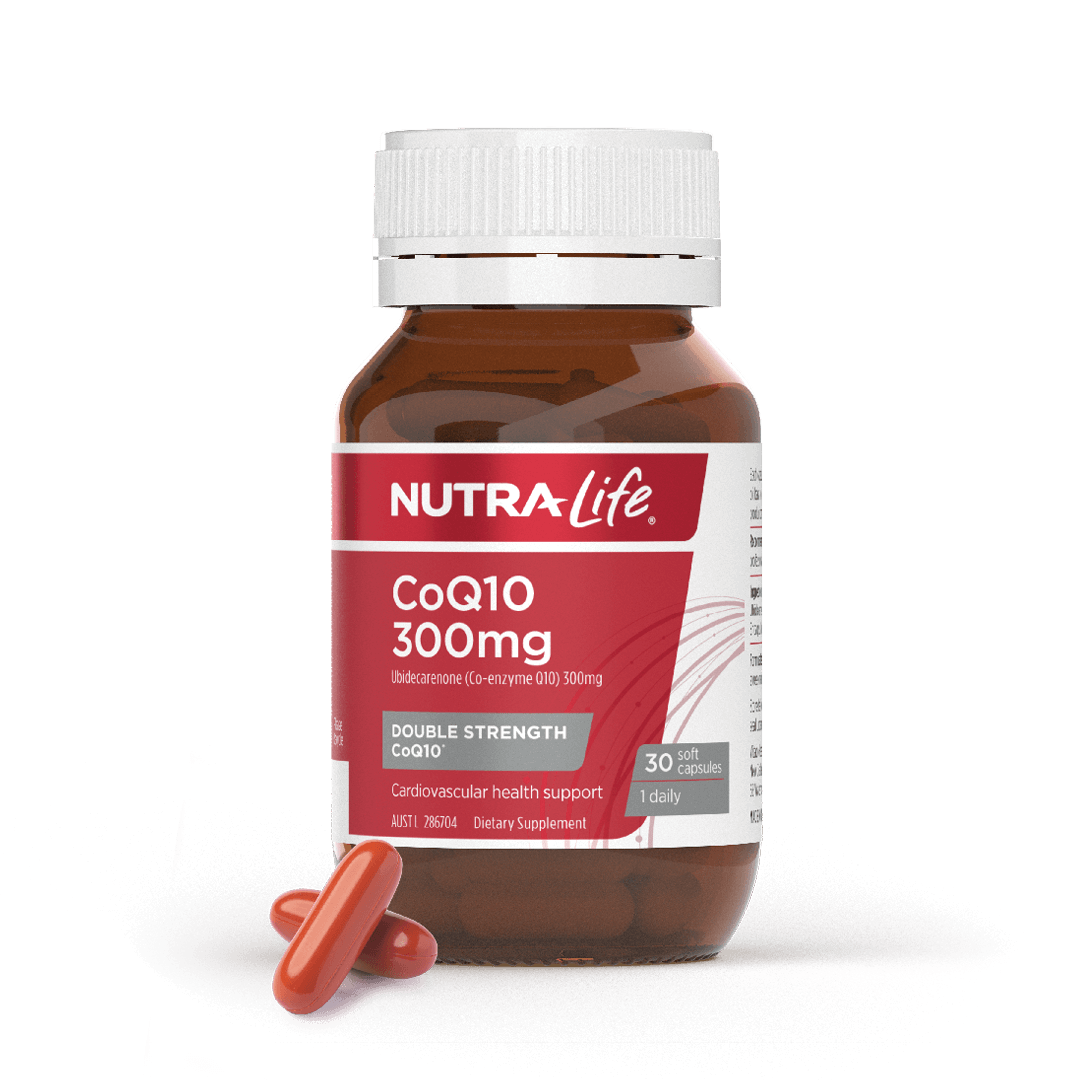Vitamin DWellness
Is vitamin D deficiency putting your health at risk?
Nutra-Life Nutrition Team

畅销产品
从这里开始
-
 Bundle Save 40% Earn 76+ Points
Bundle Save 40% Earn 76+ Points -
 Bundle Save 40% Earn 62+ Points
Bundle Save 40% Earn 62+ Points -
 7 in 1 formula Earn 32+ Points
7 in 1 formula Earn 32+ Points -
 Earn 23+ Points
Earn 23+ Points -
 Popular Earn 18+ Points
Popular Earn 18+ Points -
 Earn 16+ Points售罄
Earn 16+ Points售罄 -
 In Store Only售罄
In Store Only售罄 -
 In Store Only售罄
In Store Only售罄 -
 Earn 23+ Points
Earn 23+ Points -
 Bundle Save 40% Earn 53+ Points
Bundle Save 40% Earn 53+ Points










